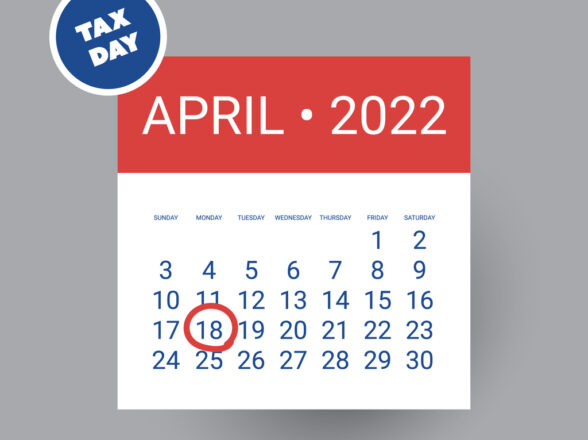Blog
Don’t Forget Your Healthcare Spending Accounts and Retirement Accounts When Changing Jobs

When embarking on a new job, it is crucial to plan ahead and ensure a smooth transition in managing your finances. One important aspect to consider is proactively managing your health insurance to avoid any lapse in coverage.
To start, it is essential to discuss dates with both your old and new employers. By doing so, you can assure continuous coverage without any gaps. This will give you peace of mind knowing that you are protected by health insurance during the transition period.
Additionally, it is advisable to check on the status of any pending claims under your old coverage. By doing this, you can ensure that all necessary paperwork and payments are completed before leaving your current employer. This will help avoid any complications or delays in receiving reimbursement for medical expenses.
Lastly, if there are any needed transfers of records from one insurer to another, make sure to arrange them promptly. Ensuring that all relevant medical records are transferred will enable seamless continuity of care under your new health insurance plan.
To ensure a smooth transition and proper management of your Health Savings Account (HSA), it is crucial to have the necessary forwarding and contact information for the trustee. Whether you are planning to enroll in a new high-deductible health plan or not, understanding the procedures involved can save you time and effort.
If you anticipate enrolling in a high-deductible health plan at your new job, it is generally possible to transfer any remaining balance from your current HSA. This means that you can seamlessly carry forward your HSA assets without any disruption. However, it is important to determine the specific procedures that need to be followed in order to facilitate this transfer smoothly.
On the other hand, if you do not plan on enrolling in a new high-deductible health plan, you have the option to leave your HSA assets within your current plan. This allows you to draw down these funds as needed for eligible future expenses. By leaving the assets in your existing HSA, you can conveniently access them when required without having to go through additional administrative processes.
If you have a flexible spending account (FSA) with your current employer, be sure to pay close attention to the details of the plan before making a job transition. A flexible spending account allows you to allocate a portion of your pre-tax income towards covering qualified medical expenses that would otherwise have to come out of your pocket.
One important aspect to keep in mind is filing all eligible expenses. By doing so, you can maximize the benefits of your FSA. It’s worth noting that under current rules, any unused funds can only be carried over up to $500 to the following year. Therefore, it is essential to take advantage of this benefit and ensure that you utilize your FSA funds wisely.
When it comes to managing your retirement accounts, making important decisions about your future financial security are paramount. One of the key considerations is what to do with the assets in your current plan after employment. While leaving your savings in your old employer’s 401(k) plan may seem like a convenient option, it is important to consider the potential drawbacks. One of the biggest risks is that you may forget about the account or how to access it in the future. This could result in missed opportunities for growth or difficulty in managing your retirement funds effectively.
Additionally, by leaving your savings behind, you are unable to contribute any more money to the account.
Furthermore, investment options within your old employer’s plan may be limited compared to other options available to you. By exploring alternative investment avenues, you may have access to a wider range of investment choices that better align with your financial goals and risk tolerance.
In assessing what next step to take, you have several options to evaluate and choose. Firstly, you can leave the assets in your current plan as is. This option may be suitable if you are satisfied with the investment options and fees associated with the plan and have considered the potential drawbacks mentioned above.
Another option is to roll over the assets into an Individual Retirement Account (IRA). This allows you to maintain control over your investments and potentially access a wider range of investment options. Typically, this is the most common practice unless you have a specific reason to go with an alternative option. As long as the rollover process is executed the right way, it is treated as a non-taxable event by the IRS; therefore, no taxes are imposed. We recommend consulting with your financial advisor to ensure the process is handled smoothly.
Alternatively, if you have a new employer, you can roll over the assets into their retirement plan. This option may be beneficial if their plan offers attractive investment choices or features that align with your financial goals.
Lastly, don’t forget to provide any necessary change-of-address information during this process. Ensuring that all communication reaches you at the right location is vital for staying informed about your retirement accounts.




























































































